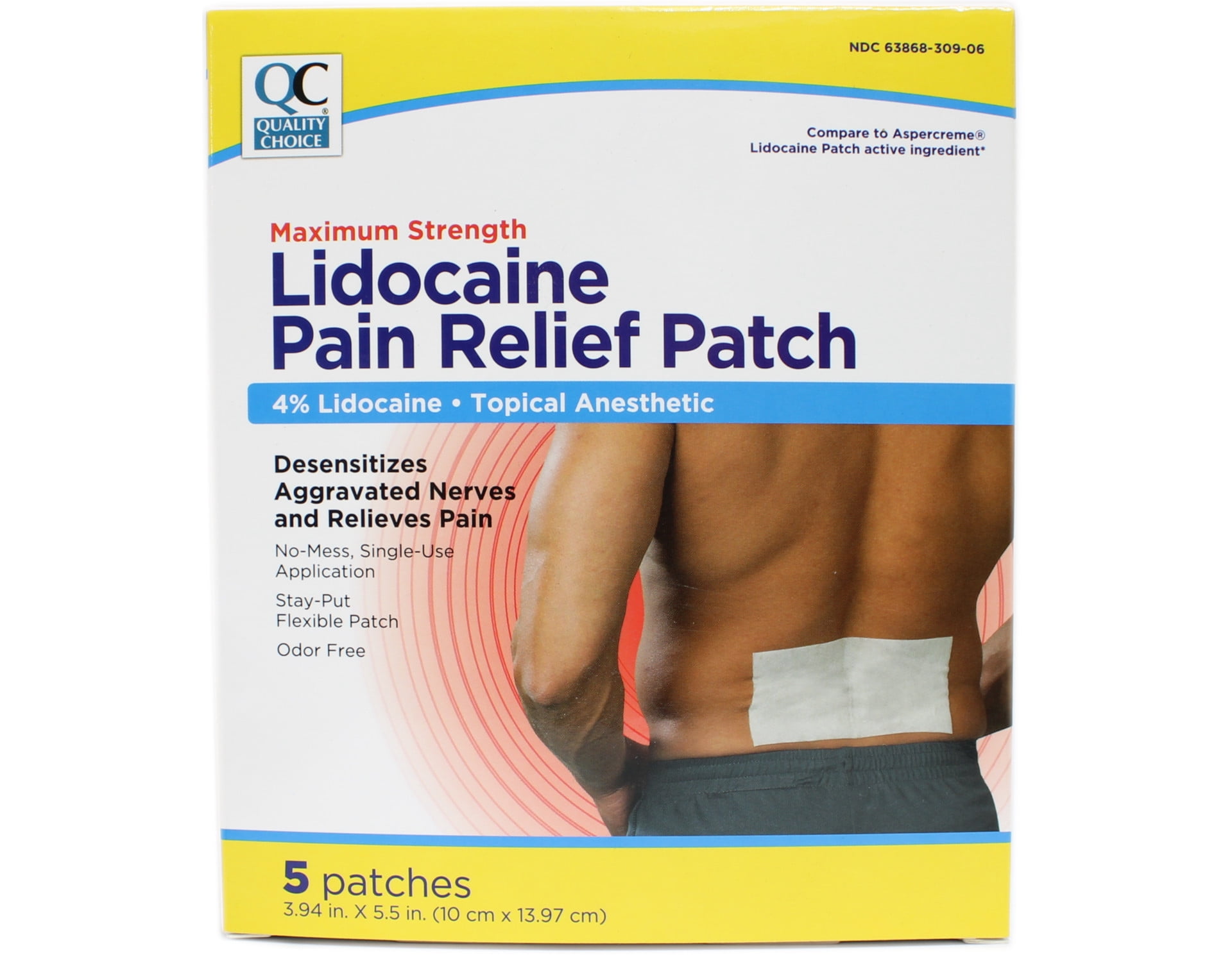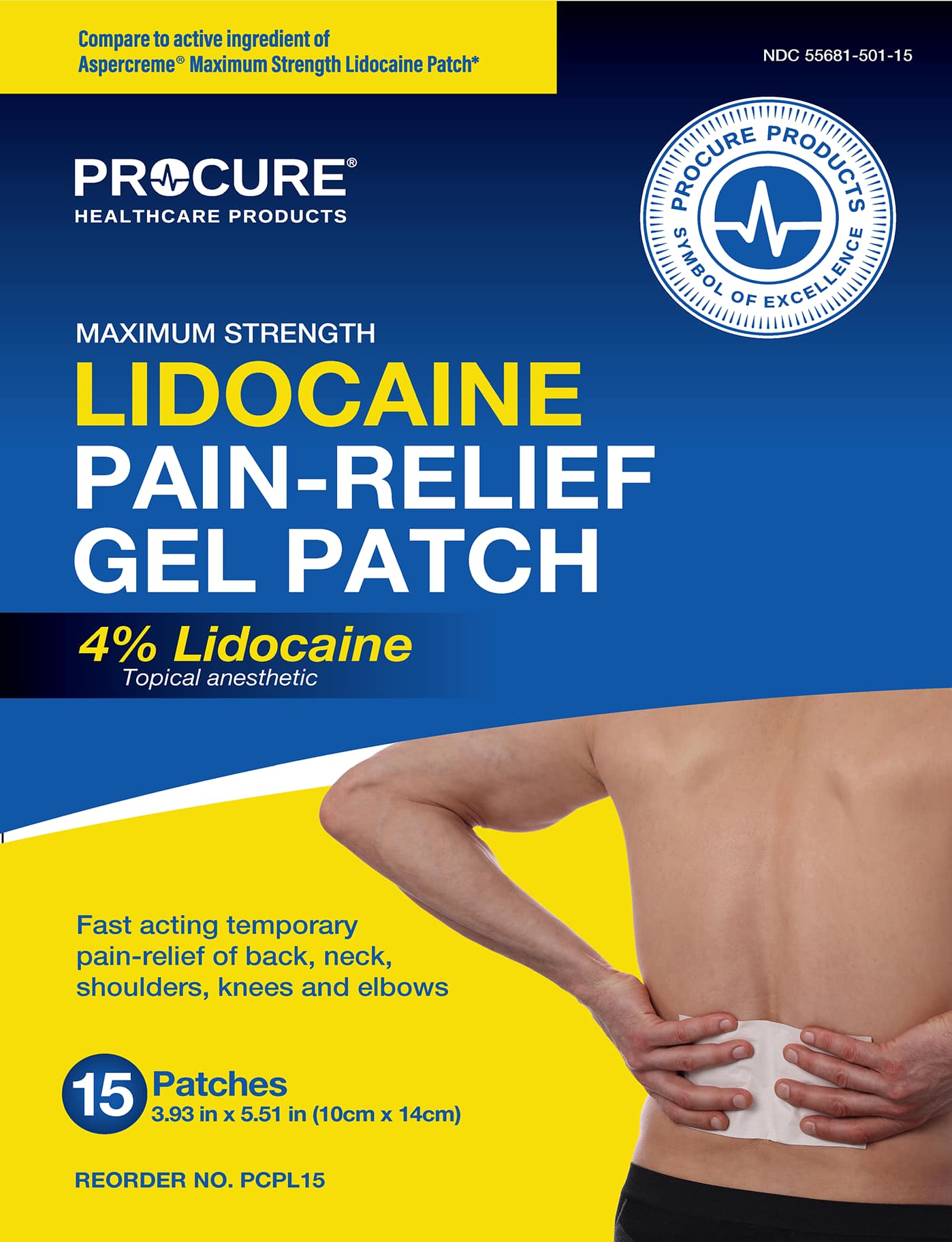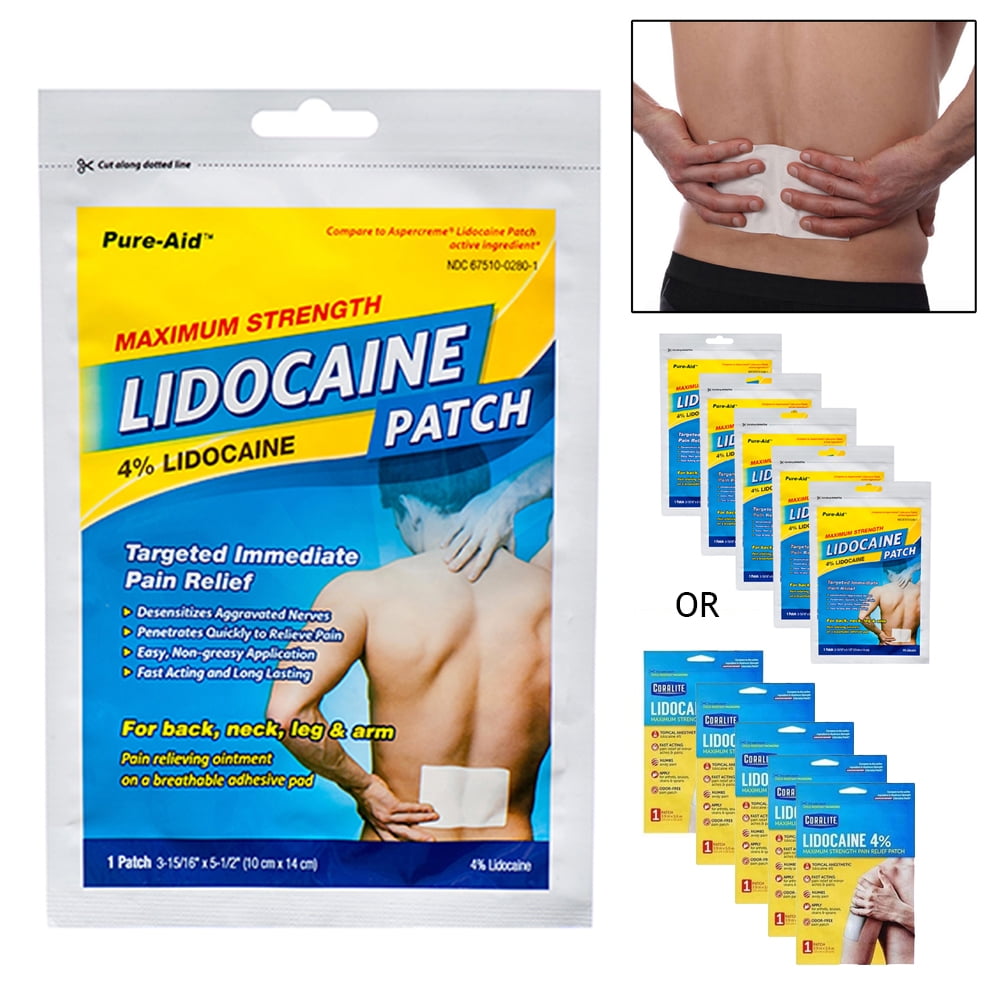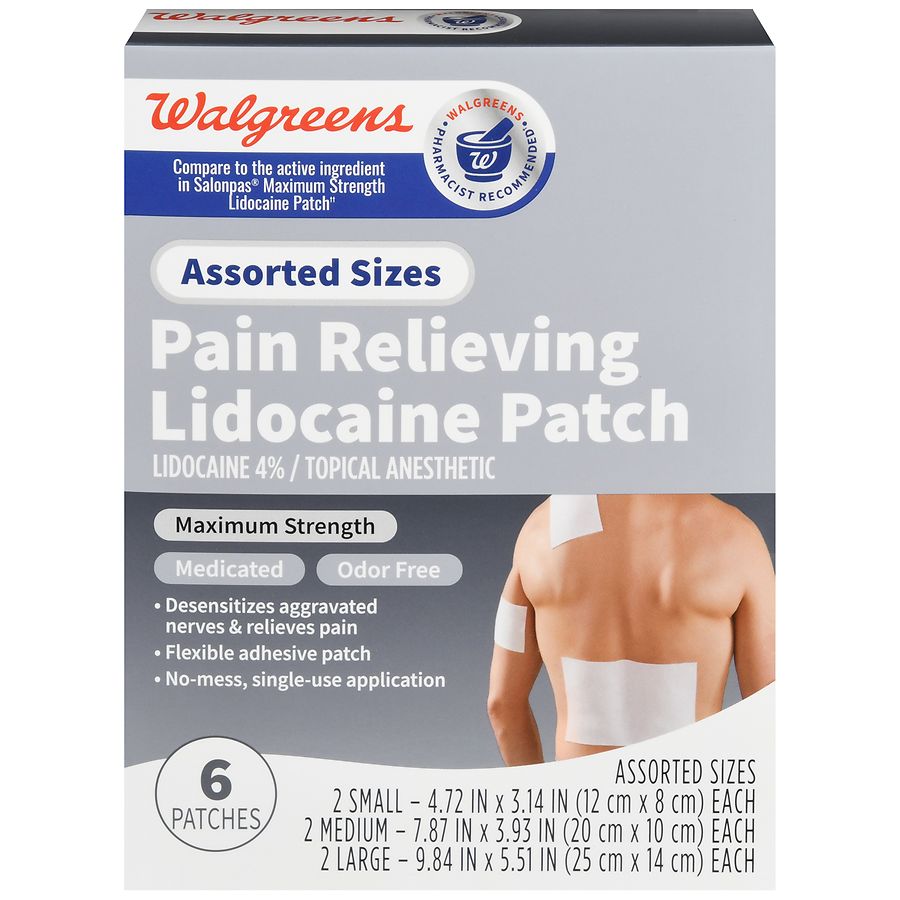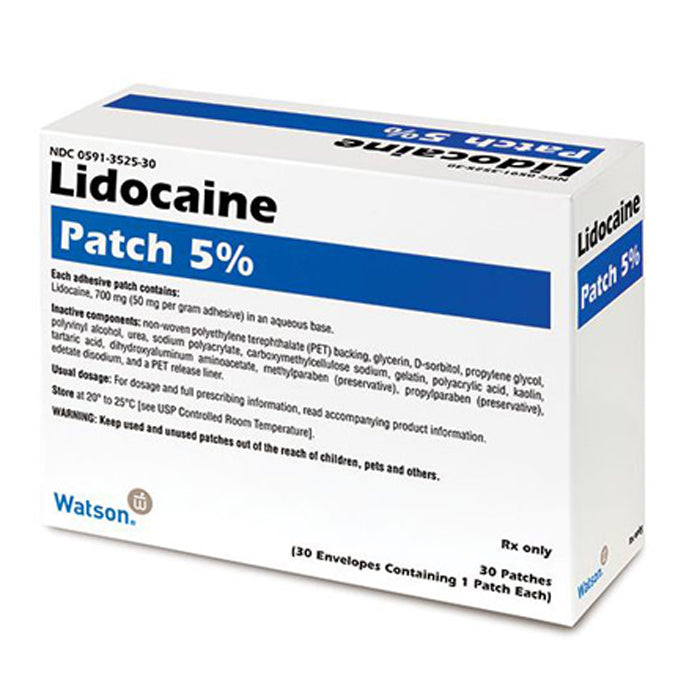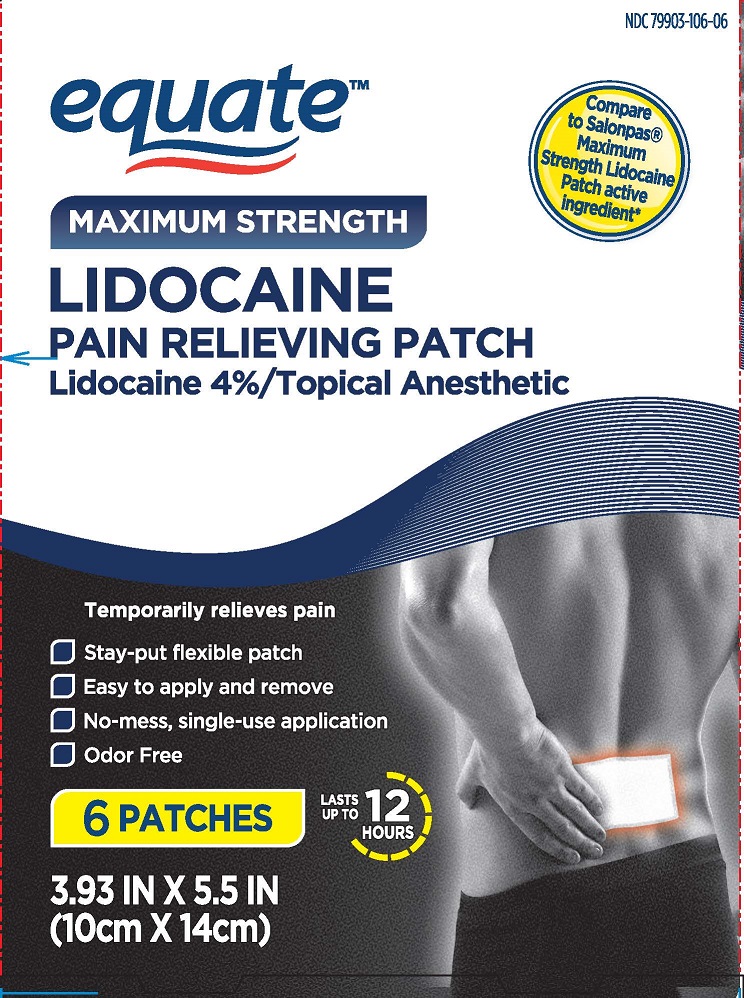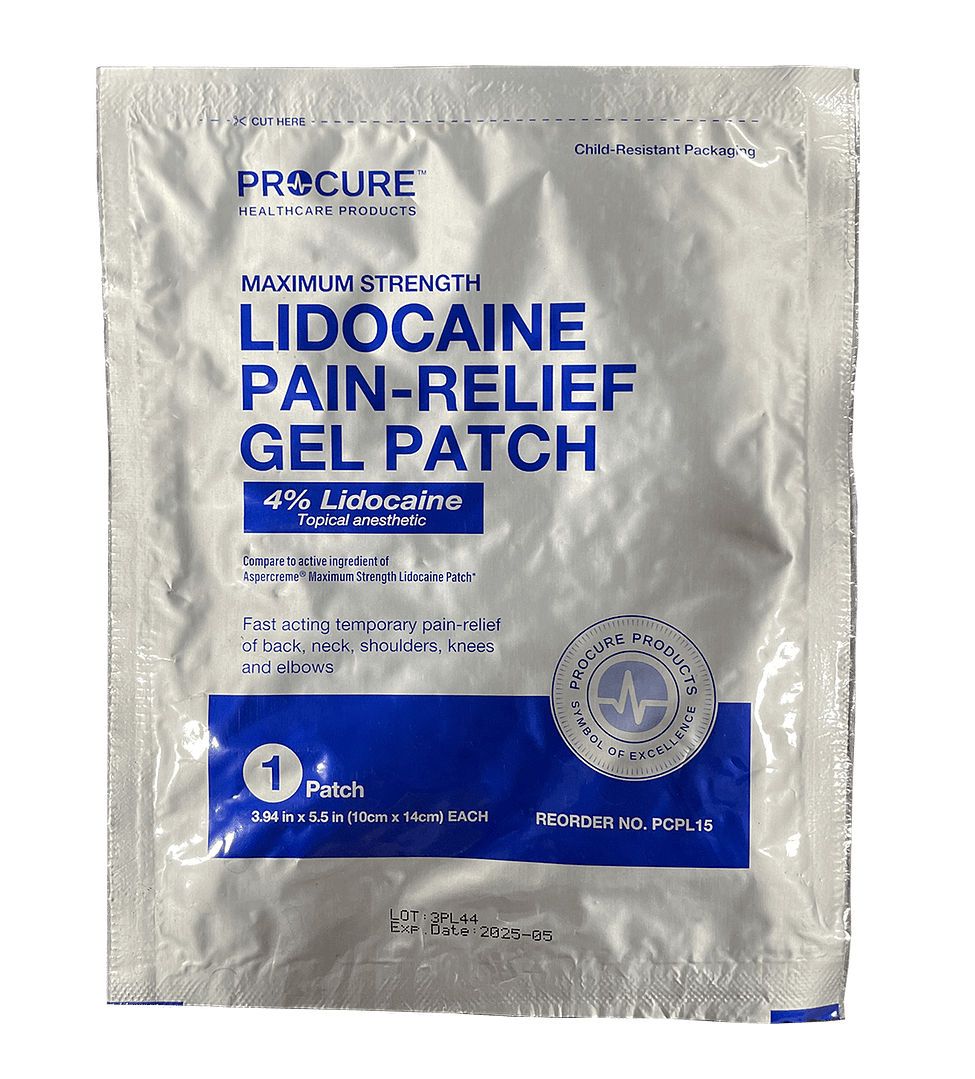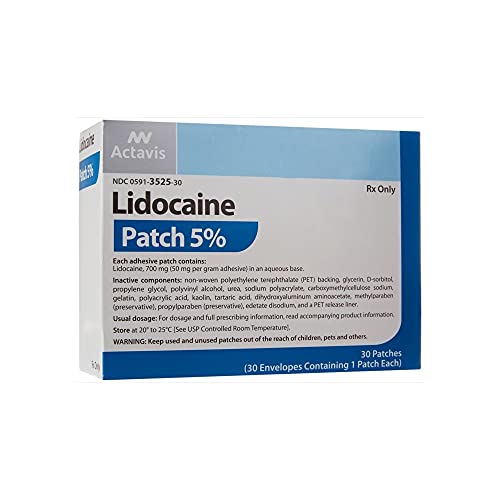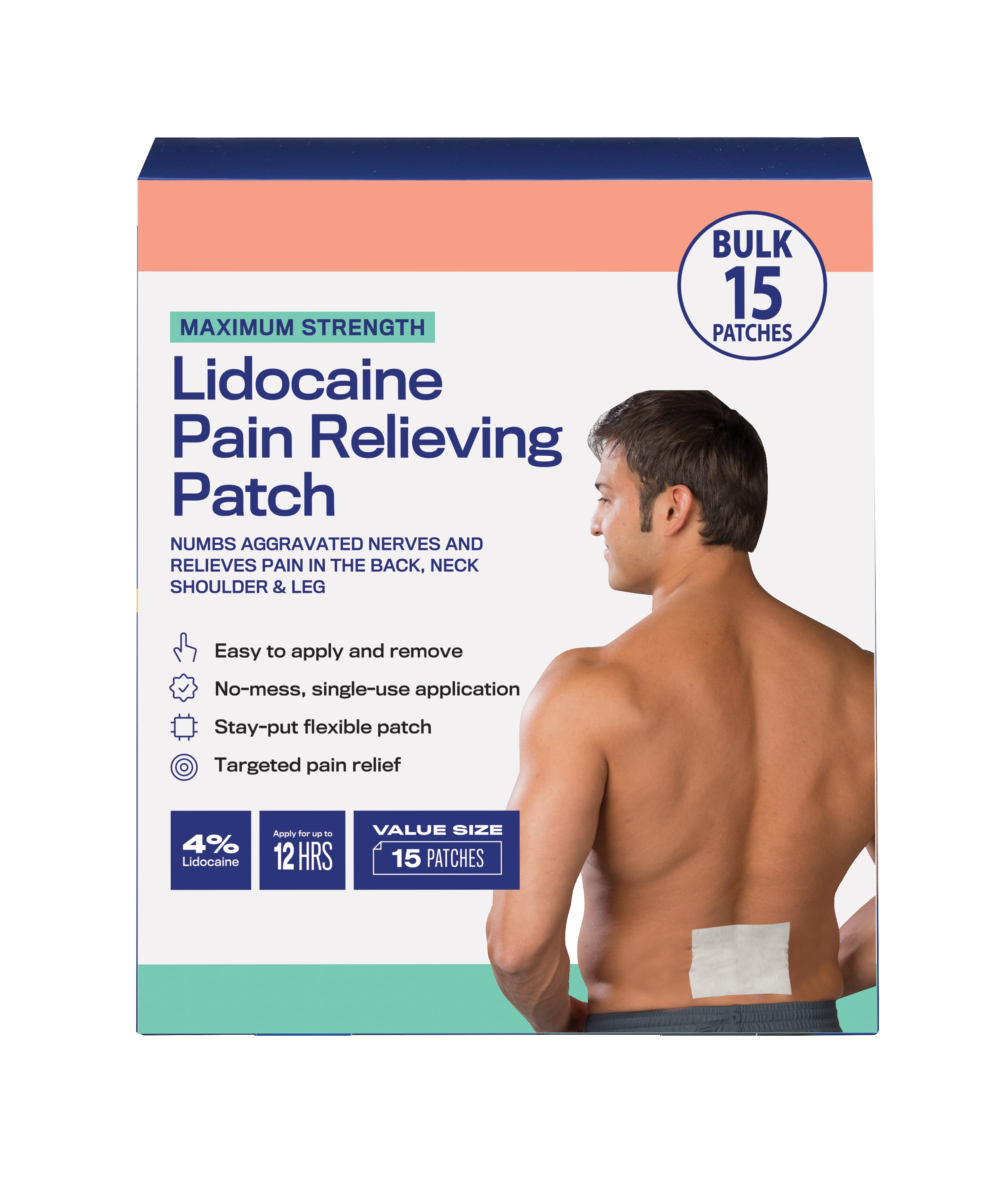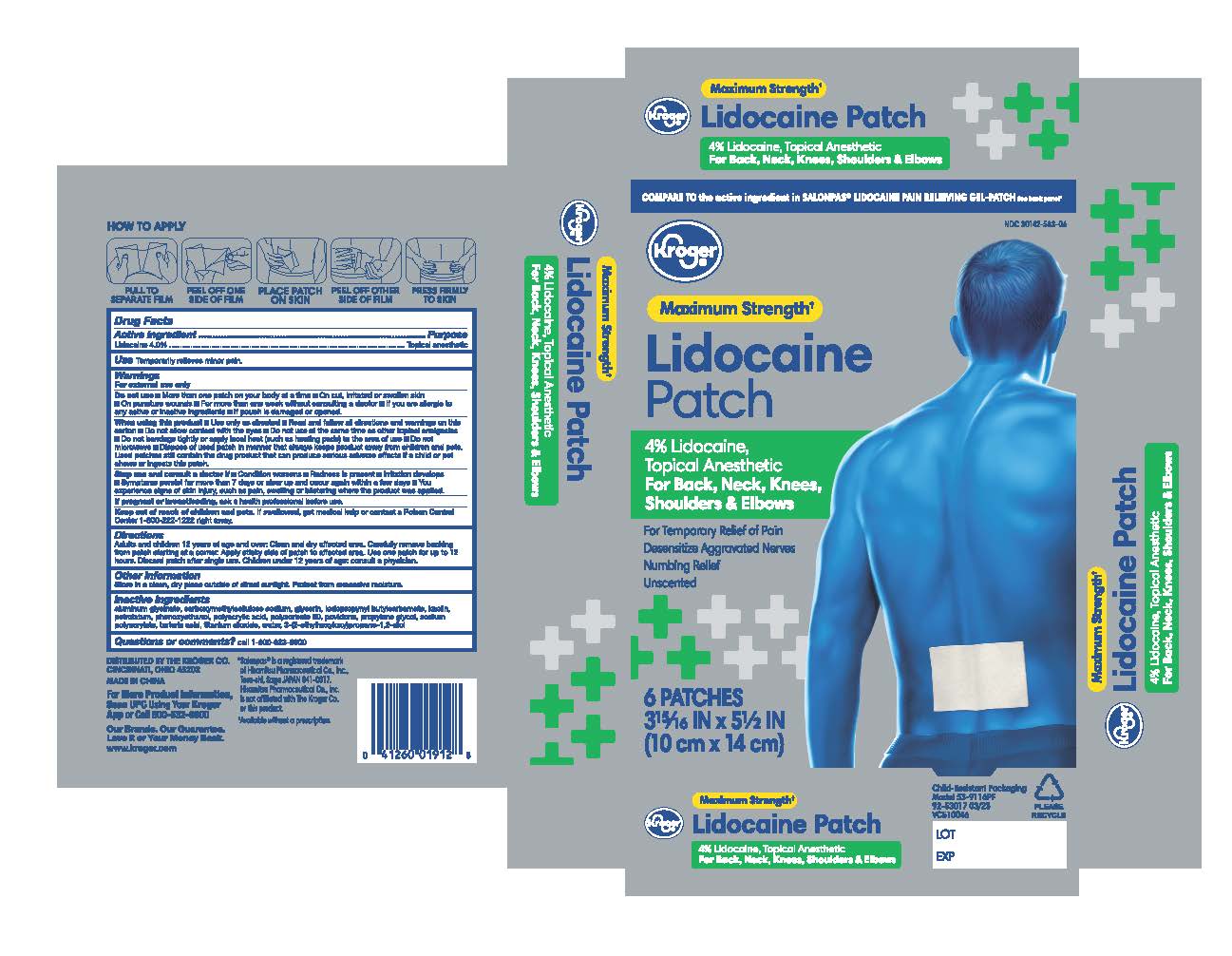What Is The Best Lidocaine Patch

Imagine a persistent, nagging pain, a constant companion that shadows your every move. It throbs, it aches, it burns, and it just. Won't. Stop. Now, picture a simple, adhesive patch, like a gentle shield, promising to quell that torment and bring you back to your life, to your moments, free from the tyranny of pain.
The search for the "best" lidocaine patch is a deeply personal journey, one often undertaken with a mix of hope and a healthy dose of skepticism. There is no single "best" answer for everyone. The effectiveness and suitability of a lidocaine patch depend heavily on the individual’s condition, pain level, skin sensitivity, and other factors.
Understanding Lidocaine Patches
Lidocaine patches are topical analgesics containing lidocaine, a local anesthetic. Applied directly to the skin, these patches deliver a localized numbing effect, reducing the sensation of pain in the treated area. This targeted approach minimizes systemic exposure, making it a potentially safer option than oral pain medications for some individuals.
These patches are most commonly used for post-herpetic neuralgia (PHN), a painful condition that can develop after a shingles outbreak. They are also sometimes used off-label for other types of localized pain, such as musculoskeletal pain or neuropathic pain. However, the effectiveness for these other conditions may vary.
How Lidocaine Patches Work
Lidocaine works by blocking nerve signals in the area where it is applied. It does this by preventing sodium from entering nerve cells, which is necessary for the generation and transmission of pain signals. By interrupting these signals, lidocaine effectively numbs the area, providing temporary pain relief.
The drug is released slowly from the patch into the skin, providing a sustained analgesic effect. This slow-release mechanism helps maintain a consistent level of medication in the targeted area, reducing the need for frequent reapplication.
Factors to Consider When Choosing a Lidocaine Patch
The selection of a lidocaine patch shouldn't be a shot in the dark. Consider these factors for an informed decision. Consulting with a healthcare professional is always recommended to determine the most appropriate treatment plan and to rule out any potential contraindications.
Prescription vs. Over-the-Counter
High-concentration lidocaine patches (e.g., 5%) are typically available by prescription only. These patches are often used for more severe or chronic pain conditions, such as post-herpetic neuralgia. Lower-concentration patches (e.g., 4% or less) are often available over-the-counter (OTC) and may be suitable for milder pain or muscle aches.
Prescription patches often require a doctor's assessment to ensure that the patch is appropriate for the specific condition and that the patient is aware of any potential risks or side effects. OTC patches offer greater accessibility, but it is still important to read and follow the instructions carefully.
Adhesive Properties and Skin Sensitivity
The adhesive quality of a lidocaine patch is crucial for its effectiveness. A patch that doesn't adhere well will not deliver the medication effectively and may fall off, leading to inconsistent pain relief.
Individuals with sensitive skin should look for hypoallergenic patches to minimize the risk of skin irritation or allergic reactions. Some patches are specifically designed for sensitive skin and use gentle adhesives.
Patch Size and Shape
Lidocaine patches come in various sizes and shapes. The size and shape of the patch should be appropriate for the size and location of the area being treated.
Larger areas may require larger patches, while smaller or irregularly shaped areas may benefit from smaller, more flexible patches. Some patches can even be cut to fit specific areas, but it's essential to consult the product instructions or a healthcare professional before doing so.
Active Ingredient Concentration
The concentration of lidocaine in the patch determines the strength of the analgesic effect. Prescription patches typically contain a higher concentration of lidocaine than OTC patches.
The appropriate concentration will depend on the severity of the pain and the individual's response to the medication. A healthcare professional can help determine the appropriate concentration for each patient.
Cost and Availability
The cost of lidocaine patches can vary depending on the brand, concentration, and quantity. Prescription patches may be covered by insurance, while OTC patches are typically paid for out-of-pocket.
It is important to consider the cost of the patches when making a decision, especially for chronic pain conditions that require long-term treatment. Comparing prices and considering generic alternatives can help reduce the overall cost.
Navigating the Market: Popular Lidocaine Patch Options
While proclaiming one lidocaine patch as definitively "the best" is impossible, some products garner consistently positive feedback. Lidoderm (prescription) is a frequently prescribed patch due to its established efficacy and long-standing presence in the market. Several OTC options are readily available at pharmacies, each with unique formulations and adhesive properties.
Reading online reviews and consulting with a pharmacist can provide valuable insights into the experiences of other users. Keep in mind that individual responses to these products can vary considerably.
Precautions and Side Effects
Like all medications, lidocaine patches can have side effects. The most common side effects are skin reactions at the application site, such as redness, itching, or burning. These reactions are usually mild and resolve on their own.
More serious side effects are rare but can include allergic reactions or systemic absorption of lidocaine. It's crucial to follow the instructions carefully and to inform a healthcare professional of any unexpected side effects.
Important Note: Lidocaine patches should not be applied to broken or irritated skin. They should also be used with caution in individuals with heart problems or liver disease. Always consult with a healthcare professional before using lidocaine patches, especially if you have any underlying medical conditions or are taking other medications.
Beyond the Patch: A Holistic Approach to Pain Management
While lidocaine patches can provide significant pain relief, they are often most effective when used as part of a comprehensive pain management plan. This may include other medications, physical therapy, exercise, and complementary therapies such as acupuncture or massage.
Adopting a holistic approach to pain management can help address the underlying causes of pain and improve overall quality of life. Working with a healthcare team to develop a personalized treatment plan is essential for achieving long-term pain relief.
Ultimately, the “best” lidocaine patch is the one that provides the most effective pain relief with the fewest side effects for the individual. It's a matter of careful consideration, informed choices, and open communication with healthcare providers. Remember to consult with your physician or a qualified healthcare professional before starting any new treatment, especially if you have underlying health conditions or are taking other medications.
